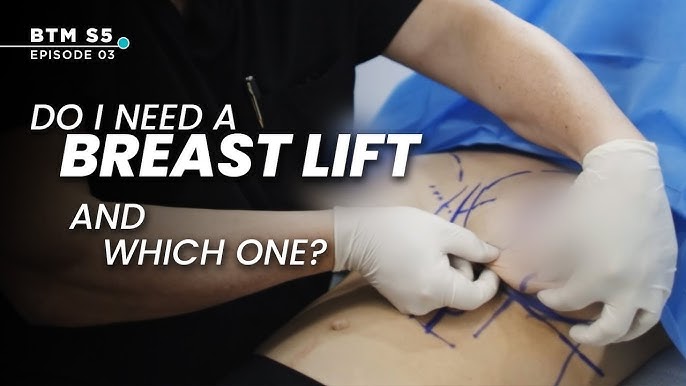How to Verify the Credibility of an Online CPR Certification
Approximately 350,000 cardiac arrest cases occur outside of hospitals each year. This makes it one of the leading causes of death in the country, according to the AHA. Given the importance of CPR in emergencies, qualifications in this subject are popular.
Online learning is popular. You must ensure your certification is valid and accepted. An invalid online CPR certification might have serious consequences. This can be the case, especially if it’s needed for personal or professional duties.
To make this even simpler, follow the steps in this article to verify an online CPR certification. And also to ensure its authenticity and acceptance by companies and authorities. Keep reading!
Steps to Verify the Credibility of an Online CPR Certification
Use these steps to check an online CPR certification. They will help you avoid scams and ensure that employers accept your certification.
Step 1: Ensure accreditation by trusted organizations
To verify an online CPR certification, check its accreditation. It should be from trusted groups like the American Red Cross, the American Heart Association, or the National Safety Council. These groups set CPR standards in the U.S.
Employers, hospitals, and government institutions recognize these groups.
Before enrolling in an online course, check the certifying organization’s website for accreditation. Check the course provider’s website for those organizations’ emblems. But don’t stop there. Contact the accrediting body to confirm. Official verification is necessary because many fake sites exploit these trademarks.
Step 2: Check Course Content and Structure
A good CPR certification program should follow AHA or Red Cross guidelines. The course should cover CPR, AED use, and cardiac arrest in adults, children, and infants.
The course should include quizzes, video demonstrations, and practical skill evaluations. Certificates from courses that are too short or simple may not provide enough training for employers.
Step 3: Verify Instructor Credentials
Instructor qualifications are crucial in determining the legitimacy of an online CPR certification. Reputable courses, led by medical care experts, ensure high-quality training. They follow industry standards.
Verify whether the course provider has listed the qualifications of its teachers. They should have certification from reputable groups, like the AHA or the Red Cross. They may also have expertise in EMS, nursing, or other fields.
Step 4: Check Certification Validity and Renewal Process
A reliable CPR certification lasts between one and two years before requiring renewal. This ensures that certified individuals stay updated on the latest CPR guidelines. Check the certification’s validity period and renewal process.
You should do this, especially when selecting an online CPR course. Some courses offer “lifetime” certifications. Most reputable organizations do not recognize them. This raises concerns about the certification’s legitimacy. Regular renewal of a valid CPR certification involves extra training or refresher classes.
Step 5: Review Course Feedback and Testimonials
Course reviews and student comments can reveal much. They show if an online CPR certification is trustworthy. Ask for feedback from those who took the course and used their certification at work. Positive reviews from trusted sources can confirm the course’s validity.
Step 6: Confirm recognition by employers and regulatory bodies.
If you need CPR certification for work, check its acceptance with your employer or the relevant authority. Also, confirm that an online course meets your employer’s requirements before enrolling.
CPR certifications from AHA or Red Cross courses are often required by healthcare facilities, schools, and other groups. If your certification does not meet these standards, it may not be recognized. This could cause problems with employment or compliance.
Step 7: Assess Pricing and Refund Policies
Price alone shouldn’t determine the legitimacy of a CPR certification. Yet, very low costs can sometimes state a low-quality or fraudulent program. A $10 CPR course may lack the depth of a $75-$100 course. The latter is typical for reputable providers.
Groups like the American Heart Association and the Red Cross have standard fees. They reflect their high-quality training. If you find a course that is much cheaper than others, investigate it. Ensure it meets standards and provides proper instruction.
Final Thoughts
Many people need CPR certification for professional or personal reasons. As online CPR certification programs become more popular, verifying a course’s credibility is important. It’s crucial to ensure the program is legitimate before enrolling. In a crisis, proper training becomes crucial, making selection essential.






